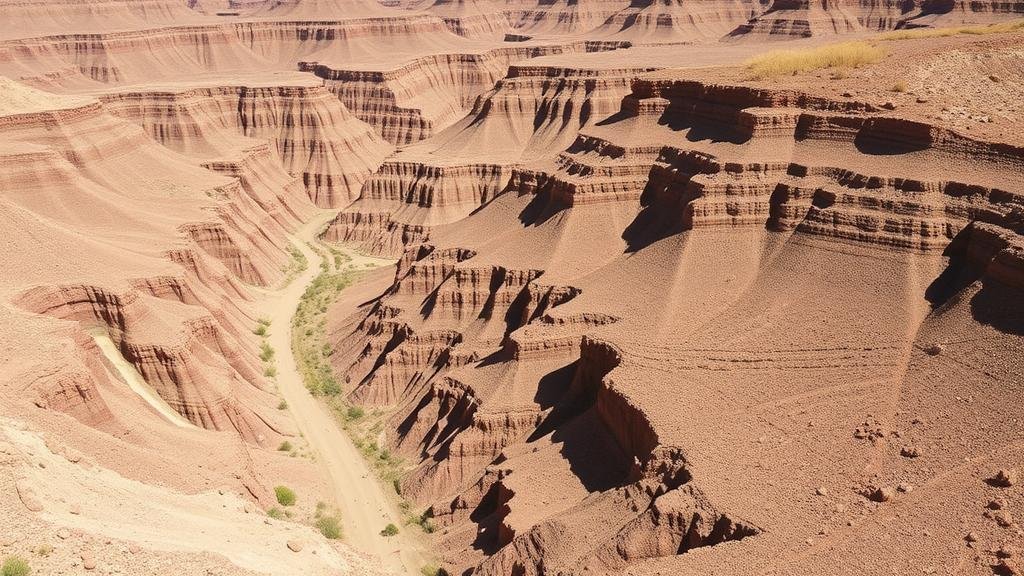Spotting Gold Catchment Areas in Dry Washes and Gulches
Spotting Gold Catchment Areas in Dry Washes and Gulches
Gold prospecting has captivated enthusiasts and professionals alike for centuries. One of the most effective ways to locate gold deposits is to focus on dry washes and gulches, which can serve as natural catchment areas for precious metals. This article will explore the characteristics of these areas, the processes that lead to gold accumulation, and practical techniques for identifying potential gold spots.
The Geological Foundations of Gold Deposits
Gold is often found in environments shaped by geological processes such as erosion, sedimentation, and weathering. Rivers, streams, and their tributaries transport gold particles from their original sources, often quartz veins or mineralized rocks, into downstream areas where they may accumulate. Dry washes and gulches play a pivotal role in gold transportation due to their unique landscape features.
Understanding Dry Washes and Gulches
Dry washes are typically ephemeral streams that only flow during periods of heavy rainfall. Gulches, on the other hand, are steep-sided ravines that often serve as conduits for water runoff. Both environments exhibit specific characteristics conducive to gold deposition:
- Topography: Steep gradients and sudden elevation changes can trap gold particles as they settle out of the moving water.
- Concentration Zones: Natural bends, turns, and constrictions in the flow can lead to pockets of gold accumulation.
- Vegetative Growth: Areas with dense vegetation may indicate higher moisture retention, leading to more pronounced sediment deposition.
Identifying High-Potential Areas
To successfully identify gold catchment areas within dry washes and gulches, several techniques are employed:
- Topographic Maps: Utilizing topographical maps can help prospectors identify contours and elevations that signify potential catchment areas.
- Soil Testing: Collecting soil samples from different depths can provide insight into gold presence; higher concentrations of fine materials often correlate with gold deposits.
- Historical Research: Studying historical mining records and reports can pinpoint areas with past gold findings, suggesting active gold catchments.
Real-World Applications and Case Studies
Numerous prospectors have successfully leveraged the characteristics of dry washes and gulches in their search for gold. For example:
- In Californias Sierra Nevada region, many miners flocked to the dry washes that received runoff from nearby gold-bearing mountains, leading to significant discoveries during the Gold Rush.
- In Nevada, prospectors have used similar methodologies in the dry washes of the Great Basin, marking the locations where gold particles were consistently found in the substrate.
Challenges and Considerations
While prospecting in dry washes and gulches can yield significant rewards, it also comes with challenges:
- Environmental Regulations: Prospectors must be aware of and adhere to local environmental regulations governing mining activities.
- Access Issues: Some dry washes and gulches may be in remote locations, requiring proper planning and equipment to access safely.
- Variable Conditions: The ephemeral nature of dry washes means water flow and sediment deposition can change unexpectedly, affecting gold availability.
Actionable Takeaways
To maximize success in spotting gold catchment areas, prospective miners should:
- Conduct thorough research on topography and historic mining activities.
- Use modern tools such as GPS technology and mobile mapping applications.
- Collaborate with local prospecting groups or clubs to gain insights and tips from experienced miners.
To wrap up, understanding the dynamics of dry washes and gulches is crucial for those looking to successfully spot gold catchment areas. By employing the techniques discussed and remaining diligent, prospectors can significantly improve their chances of discovering valuable gold deposits in these unique geological formations.



